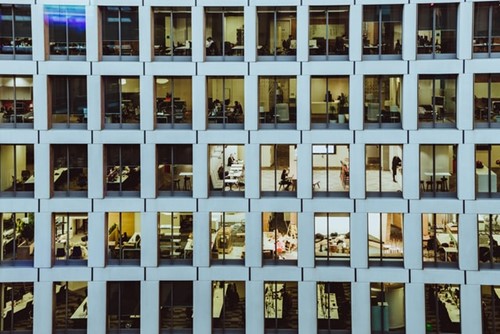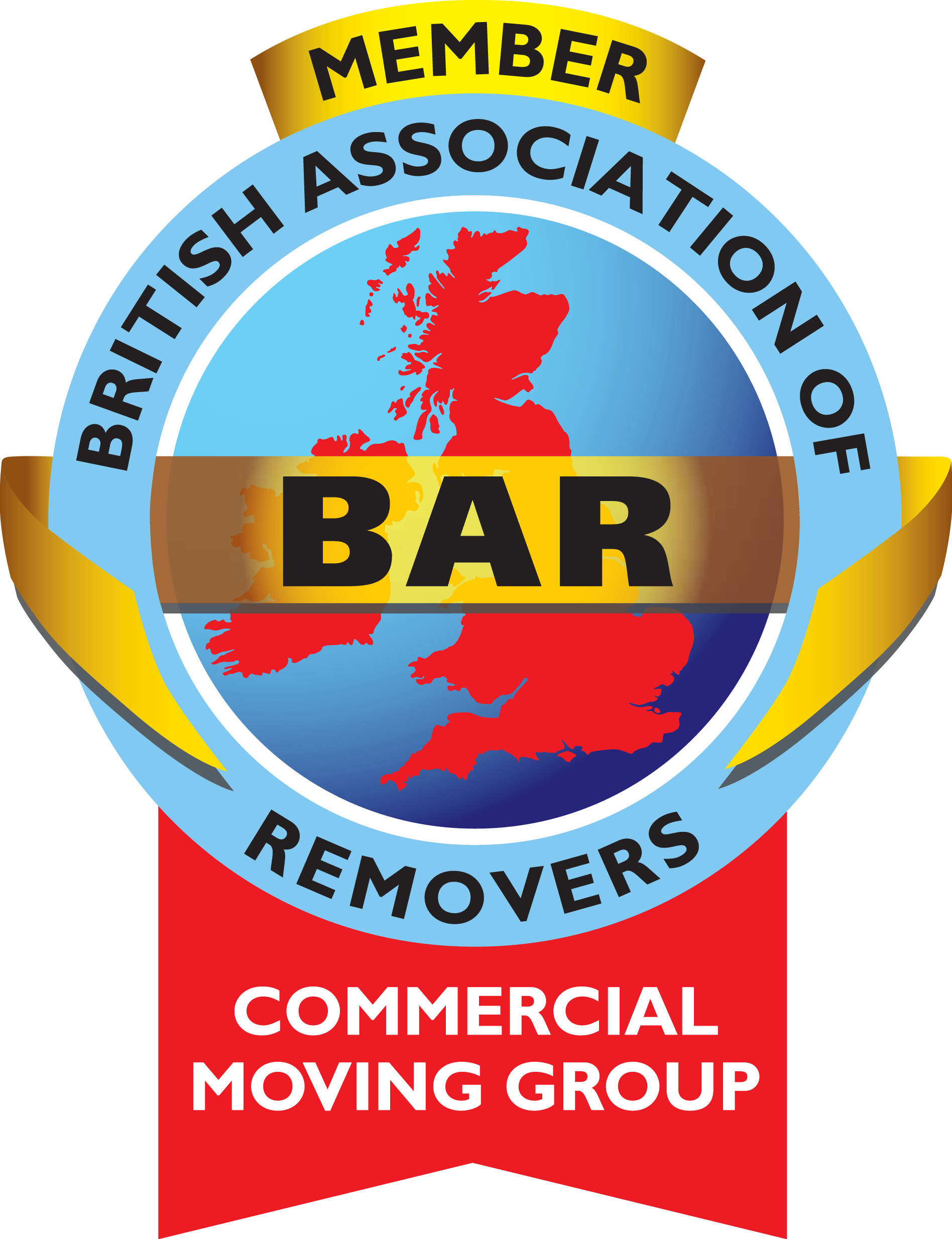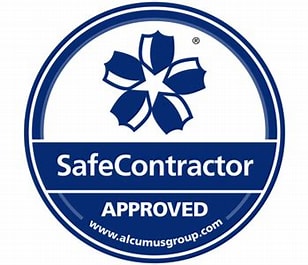The evolution of the office from a place of work to a service
Read the highlights from the RICS panel discussion

MORE STORIES
- Page 1 of 26
Please click here to chat through what you'd like your Success Story to be.
I was a panellist for a Royal Institute of Chartered Surveyors (RICS) webinar earlier this summer. The theme of the webinar was ‘The evolution of the office from a place of work to a service’ and I was joined by three other industry experts. They were:
- Cathy Hayward, founder and chairman at Magenta Associates
- Colin Stuart, CEO at Baker Stuart
- Sonia Brown, director and head of design at Quadrant Design
Cathy moderated the webinar as Colin, Sonia and I discussed the evolution of the office. It was a fascinating and informative conversation – here are the highlights.
How has the office moved from a place to work to a service?
I kicked off the discussion by noting that businesses have been providing services for many years, such as cafes and dry cleaners on site, but that may not be enough now. People can do that at home and want the office to offer something else. A lot of people I have spoken to who are using the office say that they are often sat alone or on video calls. How we change this, and ensure more socialisation, is key.
Colin added that if we allow flexibility, we must consider what will motivate people to come into the office. He suggested looking at how the IT industry designs for user experience and think about workplaces in the same way.
Sonia agreed that the workplace needs to be more agile and there’s no place for gimmicks. She added that the home works harder now so employees need to see the office as a retreat, a safe place. The workplace also helps us feel part of the brand which we lose while working from home.
How can businesses prepare for the return to work?
This is a question that has been at the forefront of business leaders’ minds for some time now. We’re seeing real confidence that social distancing is over, so businesses need to be planning for the next three, six and 12 months. Lots of people have become institutionalised to home working and need to know what to expect when they return. This extends to new tech such as wayfinding and desk booking apps.
September seems to be a milestone for many companies, and we all agreed that the short-term focus has been on business performance and employee support. Baker Stuart has done a lot of surveys and found that people are fed up with working from home full time – most favour 2 – 3 days per week in the office.

The top concern is about the return to work is safety. People are understandably anxious and want reassurance, which companies can provide by explaining their cleaning regimes and utilising tech like desk booking systems. A lot of people don’t want to return to the office as it was pre-pandemic, so businesses must work with their employees to shape a solution that works for them both.
Sonia provided a design perspective and said that one of the key lessons is that there’s no one size fits all. People want cultural and social hubs, places that motivate and inspire. Low occupancy is a concern as people may be lonely in the office, which backs up what I have found from speaking with my clients.
Quadrant has used furniture to manipulate spaces and to create an atmosphere. Sonia noted that sometimes a restaurant is a great experience not because of the food, but the space and the company, and that we must think about the workplace in the same way.
How will people hold confidential video calls in open plan offices?
A lot of BMG clients are creating “Zoom rooms” that guarantee privacy and have moveable screens and furniture. Open plan spaces should always be agile to account for needs like privacy. Sonia added that it’s all about being creative in using space and furniture. With lower occupancy you can remove desks to open up more space, and meeting rooms can be multi-functional depending on the need on any given day.
Businesses will need to consider this because video calls will remain a core part of people’s working days.

What can smaller companies do with less space and a smaller budget?
This is a great question as office space planning can sometimes feel like it only applies to companies with big offices. The truth is that smaller spaces might need more creativity but there are options. Companies should think about how they can use different spaces, and what things can double up. We may also see bigger companies subletting space to SMEs.
What costs should employers be contributing?
There’s no definitive answer for this and Colin stated that every business takes a different view. We’ve all seen that employees have gotten on with things, even if that has meant working at the kitchen table. However, employers have a duty of care and should help contribute to the home working environment.
Some people are working from a bed; others have a designated office space. Businesses need to look at what each person needs and provide the support they can.
Will residential design change as a result of increased home working?
We all agreed that there will certainly be an impact on residential communities, even if we don’t know the full extent yet. We’ll see changes in upcoming plans for towns and housing estates, down to individual houses. A home office will become an attractive selling point and we may see people invest in pods or garden cabins to keep their work separate from their home.
Some companies may plan to return to the office full time because that’s what they are used to, but they’ll be neglecting the opportunity to grow and evolve. Furthermore, if there isn’t hybrid working then employees will vote with their feet. There’s a hot job market following the pandemic so businesses must listen to employees.
Colin noted that we often look at remote work by default – home working, client sites and cafes. He suggested flipping that thinking, and instead asking employees where the best place for them to do their work is.
From a financial perspective, lots of talk is about downsizing to cut costs. However, staff costs far outweigh real estate costs so it’s best to focus on your people as it will have a much bigger impact.
How will businesses cope with potentially very low occupancy every Friday?
This is tricky to plan for because until workplaces have fully reopened, we can’t say for sure how and when employees will be in the office. Indeed, it may evolve over time as those working remotely get ‘FOMO’ and more want to come back to the workplace.
It can also help to know when there will be low occupancy to plan cleaning, catering and front-of-house services, so businesses can use this knowledge as an advantage.
What will happen in the next few years?
Predictions are a dangerous game, especially as we’re still dealing with a lot of uncertainty. I’ve been in workplace relocations for 25 years and there are always changes and trends. I wouldn’t be surprised to see some changes stick and some old trends return.
Sonia said that people have changed their lifestyle and need to figure out how they will work best, but ultimately, we’ll find ways to work together both in-person and remotely.
Colin predicted a swing back to the office but noted that people have had a taste of home working and enjoyed it. The younger generations can connect in other ways and may be less inclined to return.
Summary
This was a highly informative session with great insights. Perhaps the key takeaway is that businesses must listen to and work with their employees to find solutions that suit all parties.
BMG offers a range of workplace relocation and change management services. Contact us today to discuss how we can support your business as you plan for the post-Covid workplace.
By Rachel Houghton, MD at Business Moves Group
MORE STORIES
- Page 1 of 26
Please click here to chat through what you'd like your Success Story to be.





